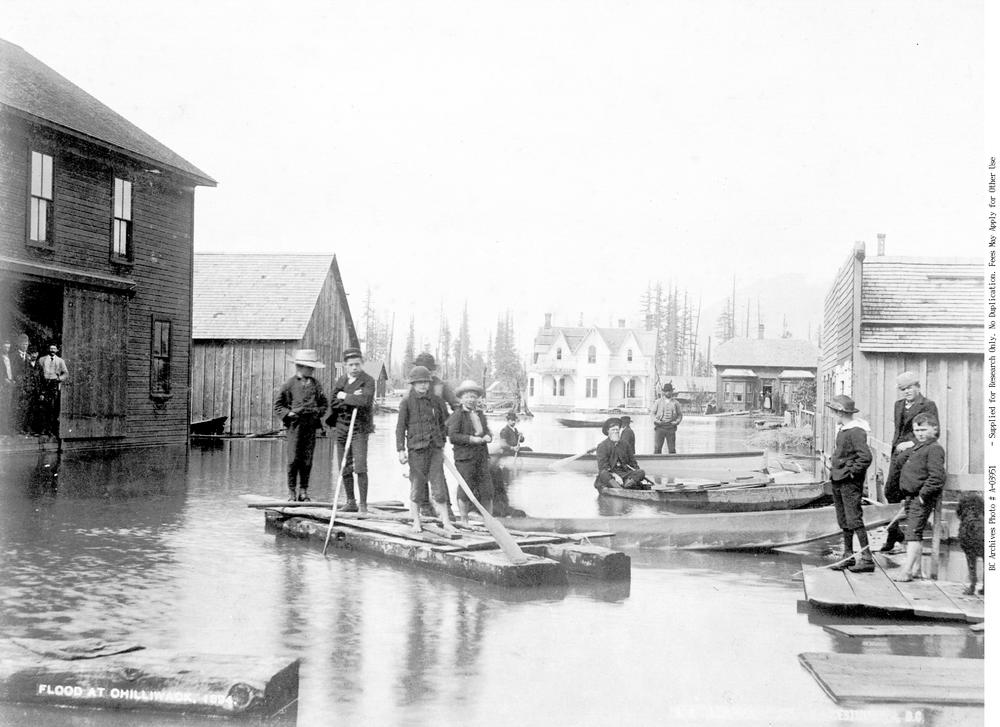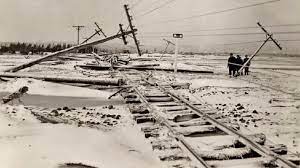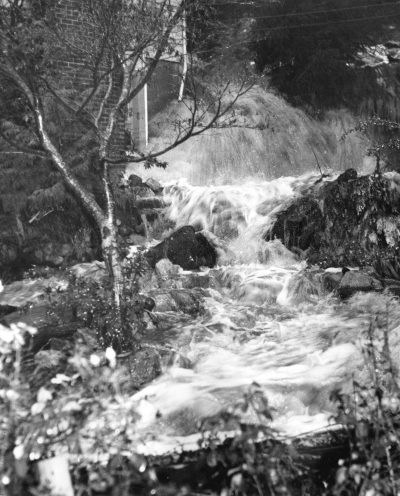Disaster Lab Update

I am writing this post on a morning when up to 50 centimetres of snow are forecast to fall over the city of Ottawa.
I am also writing on a morning when the world continues to confront the deadly global Covid-19 pandemic, and where we are processing the news of a deadly tsunami in Tonga as well as tragic local losses. In other words, the themes that animate the work of the Disaster Lab (migration, the environment, the personal and the intimate) are feeling very present.
It has been a busy first year for the project and I am grateful to the amazing team of research assistants who are making the vision for this project a reality. Over the past few months, the team has combed the Canadian Disaster Database to identify 345 cases where some kind of disaster has struck and required the movement of people. This has sometimes involved a short-term evacuation and in other cases, the relocation has been more permanent

The team has done an excellent job of sourcing materials to enrich the information provided in the database and we are already getting a sense of some of the larger research themes that we’ll be able to take up moving forward. These include the particular histories of disaster attending Indigenous communities. The Red Earth First Nation (Red River First Nation) in Saskatchewan comes to mind as it is a community that has endured four devastating floods over a ten-year span, demonstrating that perhaps Indigenous communities do not receive proper disaster mitigation measures and attention from authorities. Themes have also emerged in terms of the complicated federal / provincial landscape when it comes to declaring states of emergency and developing appropriate responses; part of this is fiduciary, ethical and governmental in nature.
We are discovering each day that there is much to be learned in terms of how solutions have been imagined. Helen Kennedy, who is a PhD Candidate in the Department of History at Carleton, has been tracking some of this work in terms of Red Cross relief efforts and has made the pointed observation that the organization only really began to talk about the particular plight of Indigenous communities in the 1990s. Helen will be offering additional insights on her research in this space in the weeks to come but attending to histories of mobility, displacement and disaster relief amongst Indigenous communities is certainly going to be central to the work of the project moving forward.
One of the challenges we have identified is the difficulty of tracking long-term disasters over the easily identifiably acute ones that we see, for example, when looking at floods and fires. The Canadian Disaster Database is useful for heightened moments of crisis but there is nothing in the database that speaks to the “dust bowl” of the 1930s, for example, when economic depression and droughts led to the migration of thousands. Similarly, the database doesn’t let us see climate change as a whole though in documenting the fires and floods in British Columbia over the past two years, we certainly had a sense that these events were part of a larger picture.

As this new year begins, we are thinking about what has been accomplished as well as the work that lies ahead. It was particularly gratifying to spend time with students in the Ottawa Carleton District School Board in November. Working with Grade 11 teacher Emma MacLean, Disaster Lab members Valerie Wood and Arden Hody developed an interactive workshop based on their research with the Canadian Disaster Database, giving the students a chance to parallel some of their research. We loved hearing about the students’ responses and the fact that they picked up really clearly on the messy divide between human and natural disasters, as well as the close relationship between geography and history as disciplines. The students are going to stay involved in the project as they take up some ArcGIS mapping activities based on the longitudinal and latitudinal data put together by Rebecca Lloyd from the project team. We are excited to have a sense of what all this looks like!
In other words, it’s going to be another busy year for the Disaster Lab but we are looking forward to really getting into some of the themes identified so far and we look forward to sharing more of our findings in the near future.
– Dr. Laura Madokoro